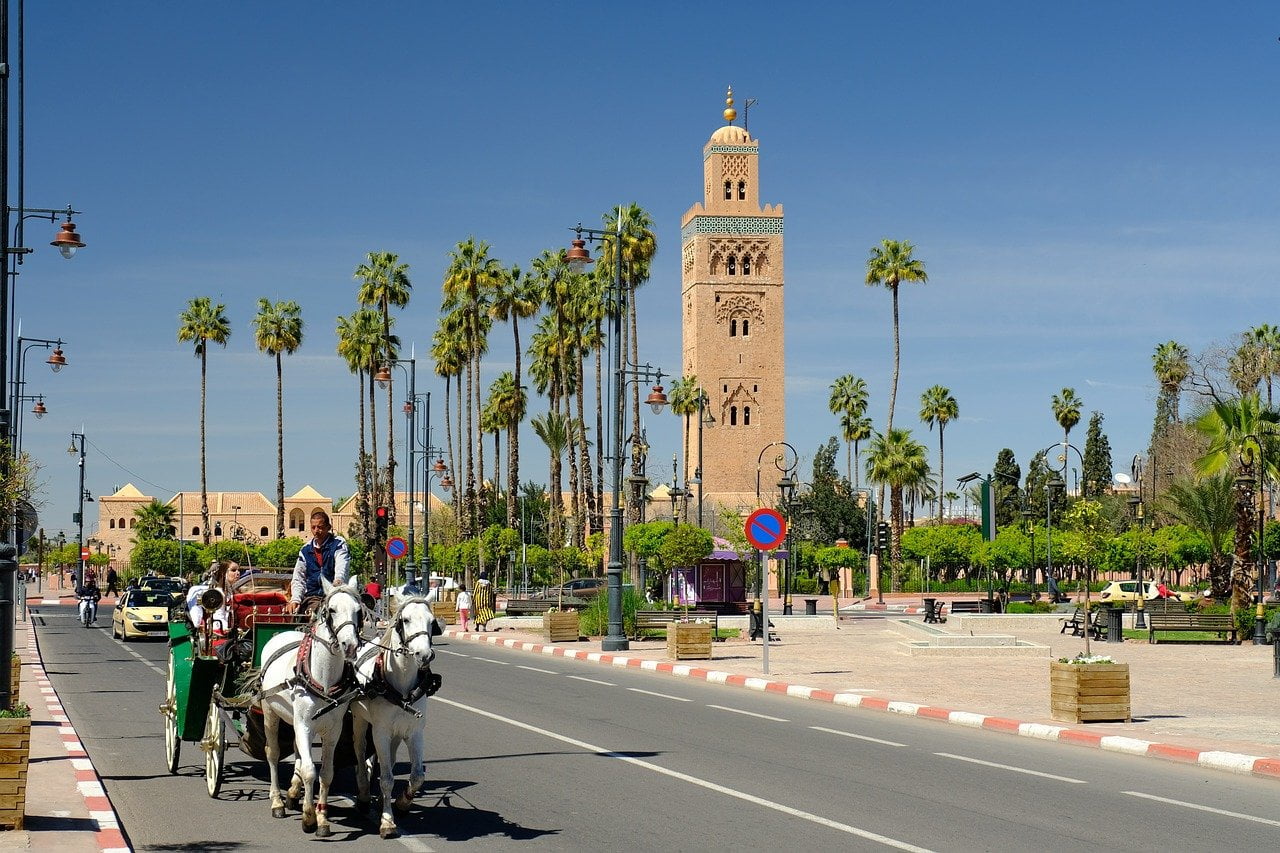Home » Discover Morocco’s Enduring Cultural Traditions & Heritage » How Is Henna Art Practised in the Sahara?
 Immersive Cultural Experiences: Meeting Nomadic People on Sahara Tours
Immersive Cultural Experiences: Meeting Nomadic People on Sahara Tours
On our Luxury Sahara Tours to Nubia Desert Camp, we are mindful of taking you to the most interesting and real cultural destinations to meet the nomadic people who still live in the Sahara today. We like to share with you many of the traditions of Morocco and one of these is the fascinating Art of Henna.
Ancient Origins: Exploring the Fascinating History of Henna Art
Henna was originally used to cool the hands and feet of those living in the stifling heat of the desert. However, for thousands of years, the natural staining qualities of the henna plant have also been used to create intricate body art. Henna designs date back to the Ancient Egyptians, when mummified bodies were adorned with elaborate patterns and Cleopatra wore it to decorate her skin.
The Science of Staining: Understanding the Natural Properties of Henna
The leaves of the henna plant (Lawsonia inermis, native to Africa, northern Australia, and southern Asia) are dried and powdered to form a paste which naturally causes a stain on the skin in the pattern of its application. Henna is also used as a natural dye for hair, fingernails, fabrics such as leather, silk, and wool, horses manes, and animal fur. The staining occurs when the pigment lawsone, found in the henna leaves, combines with the protein keratin, that forms the structure of our hair and skin.
Mehndi Traditions: From Hindu Bridal Decorations to Symbolism in Marriage
The ceremonial art form of Mehndi originated in Ancient India, a tradition where Hindu brides are extensively decorated with henna patterns prior to their wedding. The natural cooling properties of henna are also thought to help relax the bride. Traditionally it is said that while the henna stain remains on the bride’s skin, she is excused from doing any housework, as well as the darker the henna stain, the better the marriage.
Global Appeal: Henna as a Worldwide Form of Self-Expression
Now, the beautiful swirling henna designs are easily recognisable as a popular and worldwide form of self expression. Indian cinema and the entertainment industry introduced Henna to the West, and Mehndi designs, named “henna tattoos” by Westerners, became fashionable in the late 1990s.
Frequently Asked Questions
A henna artist, also known as a mehndi artist, specialises in creating temporary body art using henna. Henna refers to the dried and powdered leaves of the henna plant, Lawsonia inermis, while mehndi is the Hindi word for henna. Henna art has a long history, spanning thousands of years, and continues to be widely enjoyed worldwide. Henna artists are often self-taught and employ their own distinctive techniques to craft intricate designs on their clients’ skin.
Henna art has a rich history dating back thousands of years, with its origins found in ancient Egypt. Pharaohs, including Cleopatra, adorned their bodies with intricate henna designs, showcasing their status and power. While henna art is commonly associated with modern brides and Indian weddings, its legacy spans across cultures. Today, henna remains a popular form of temporary body art, allowing individuals to express their uniqueness and enhance their beauty.
Henna has a deep spiritual significance across various cultures. It is regarded as a blessing and a symbol of honour, believed to bring good luck, protection, and blessings. The placement of henna designs close to the heart is seen as a means of enhancing their power. Henna is considered a potent symbol of strength and protection, capable of warding off negative energies. It is commonly worn by women during transitions and religious ceremonies. When applied on the palms, henna is believed to open channels for divine blessings. Thus, henna represents a sacred practice that fosters a spiritual connection.
The meanings of henna designs can vary widely, making it difficult to provide a definitive answer. However, traditional interpretations associate symbols and patterns in henna tattoos with concepts like health, fertility, wisdom, and good fortune.
Certain designs, such as butterflies, cats, and lotus flowers, are commonly associated with these meanings. Additionally, some believe that different henna colours hold specific significance. For instance, red henna is thought to symbolise good luck and prosperity, while black henna is often associated with protection.













